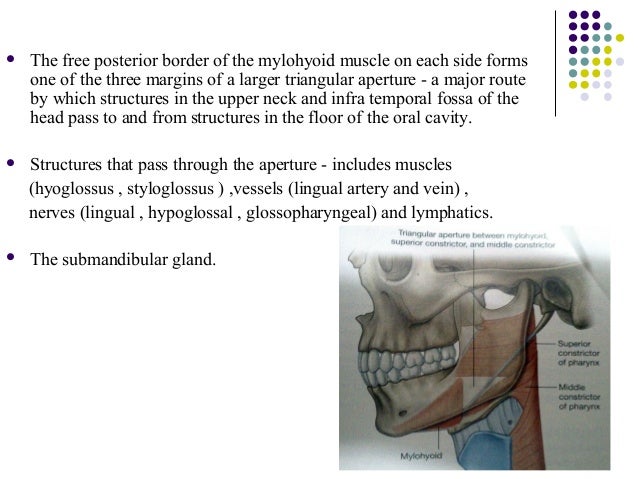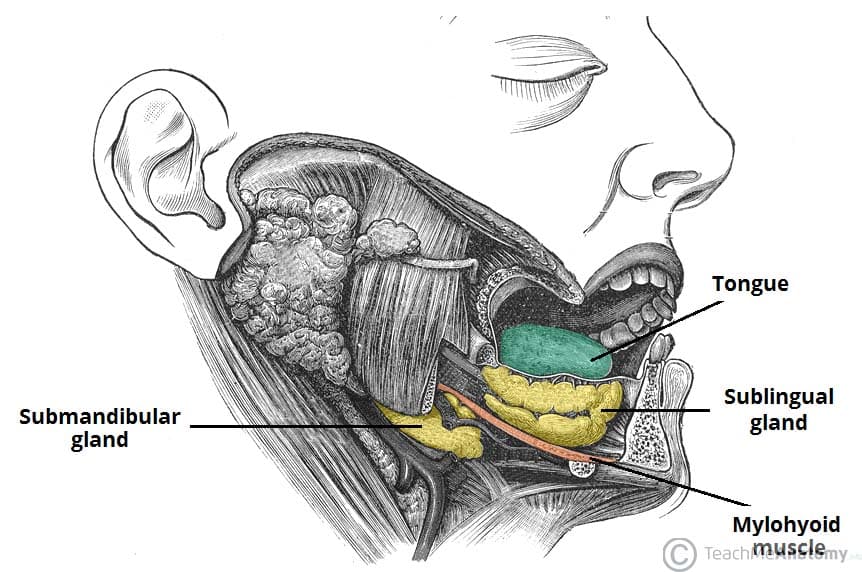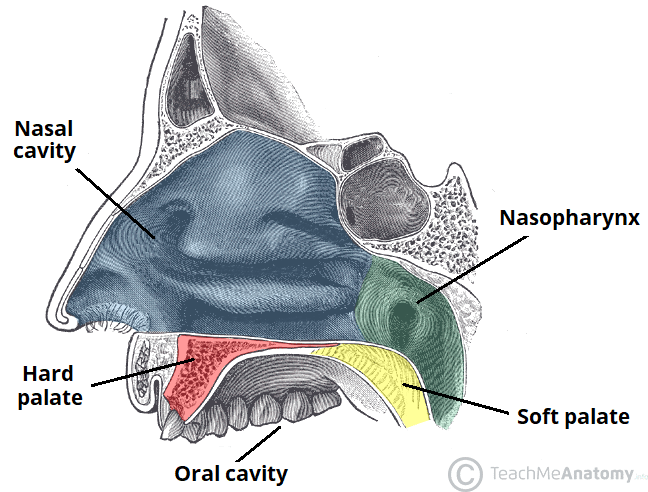The mylohyoid muscle is flat and triangular and is situated immediately superior to the anterior belly of the digastric muscle.
Which muscle forms the floor of the mouth.
Cedars sinai explains that this type of cancer makes up 28 to 35 percent of all mouth cancers.
In addition to its primary role as the beginning of the digestive system in humans the mouth also plays a significant role in communication while primary aspects of the voice are produced in the.
One of the muscles that serves to form the floor or the mouth is the.
Dr nida sumra 2.
Together the paired mylohyoid muscles form a muscular floor for the oral cavity of the mouth.
The squamous epithelium at the mucosal surface and other superficial anatomic components of the floor of the mouth are easily evaluated at physical examination the mylohyoid muscle sling is formed by the paired mylohyoid muscles which arise from the inner surface of the mandible extend from the symphysis anteriorly to the last molar tooth posteriorly and insert onto the posterior aspect.
Which mandibular structure marks the insertion of the muscle that supports the floor of the mouth.
Forms a sling that supports the structures of the mouth origin.
The oral mucosa is the mucous membrane epithelium lining the inside of the mouth.
Floor of the mouth.
The parotid gland empties into the mouth through the stensen s duct.
However not all cysts affecting the floor of the mouth are cancerous.
In rare circumstances oral cancer can affect this muscle.
The forms the support for the teeth of the maxillary arch.
Includes elevating the floor of the mouth and hyoid bone as well as depressing the mandible.
The masseter muscles belong to which group of muscles of the head and neck.
Watery and mainly protein.
Identify the secondary spinal curves.
Floor of the mouth 1.
Serous saliva is fluid.
It is a pharyngeal muscle derived from the first pharyngeal arch and classified as one of the suprahyoid muscles.
Which muscle of the floor of the mouth forms with the mandible a submandibular triangle on each side of the neck.
The muscle of facial expression that compresses the cheeks against the teeth and retracts the angle of the mouth is the.
Which muscle of the floor of the mouth forms with the mandible a submandibular triangle on each side of the neck.
In human anatomy the mouth is the first portion of the alimentary canal that receives food and produces saliva.
The largest cranial nerve which innervates the maxilla and the mandible is the.















































